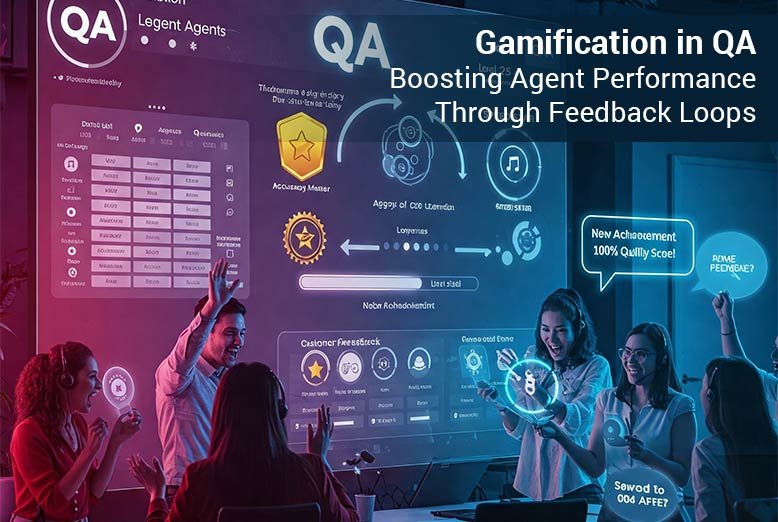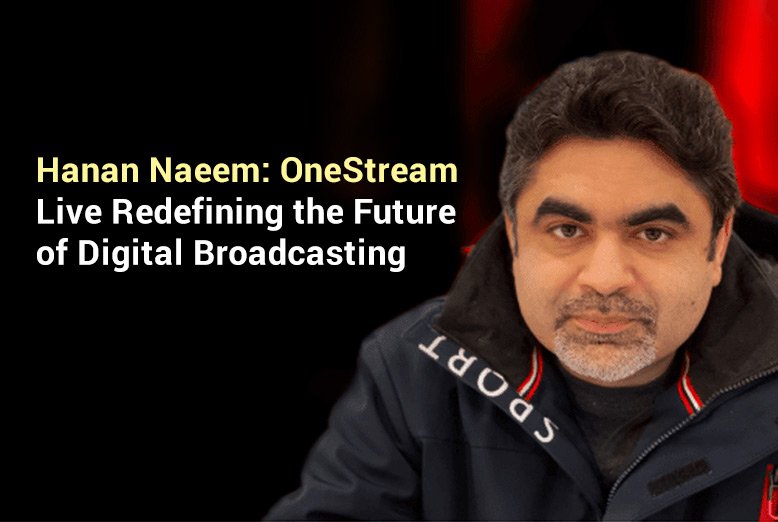Recruiting great talent is more important than ever in cutthroat business world of today. Establishing comprehensive talent acquisition plans that extend beyond filling open jobs is important for a firms looking to maintain their competitive edge. Building a knowledgeable, and motivated, as well as effective staff that can propel a company toward its long-term objectives starts with a well-thought-out talent acquisition plan. You’ll look at five crucial areas of talent acquisition strategy in this post that all HR specialists along with company executives should be aware of. These observations will assist you in improving way you draw in, hold on to, and engage a top talent in your field.
1. The Difference Between Recruitment and Talent Acquisition
Although the terms recruitment along with a talent acquisition might appear synonymous, knowing differences between them is essential to creating successful personnel strategy. Although they both seek to infuse a company with fresh talent, their approaches alongside scope are very different.
Usually, recruitment is a reactive procedure meant to cover urgent openings. Finding applicants with the qualifications and expertise needed to fill open positions is the main goal. Recruiters frequently operate under pressure to find alongside hire candidates for open positions as soon as possible. Although this strategy is required to handle urgent personnel needs, it might not always be in line with long-term organizational objectives.
Talent acquisition takes a more proactive as well as deliberate approach. It entails considering the organization’s future personnel requirements in addition to its present hiring demands. The main goals of talent acquisition specialists are to develop a pipeline of possible applicants, maintain contact with job searchers who are not actively seeking employment, and develop a powerful employer brand. This strategy takes into account both the abilities that will be essential for the company’s future development as well as the talents required for the existing opportunities. Finding people that not only match job description but also company’s culture, and a beliefs, alongside long-term goals is goal of talent acquisition.
2. The Importance of Employer Branding in Talent Acquisition
It is imperative that you know how your firm as an employer is viewed by talent in the modern labour market. The concept of employer branding is gradually leaving the sphere of the dictum and entering the temple of the concept of a strategic approach to the attraction of talents. Perhaps the inverse is true: if your employer brand is weak then not only are you unlikely to discover excellent talent but you will also be unable to appeal to said talent.
Employer branding includes how people view your company as a place to work. It encompasses the work environment, values, culture, and general employee experience of your organization. In the digital era of today, job seekers frequently do a thorough company investigation before submitting an application. To gain an idea of what it’s like to work for a firm, they visit employee review websites, and social media accounts, as well as corporate websites. Having a strong employer brand might help you attract more applications of higher caliber.
Creating a powerful employer brand necessitates a multifaceted strategy. It entails articulating your business’s goals, core principles, and culture in a straightforward manner across a variety of media. Use social media posts, and day-in-the-life films, as well as testimonials to highlight the experiences of your staff members. Emphasize your company’s dedication to work-life balance, staff growth, and any special features or advantages you provide. Recall that authenticity is essential; your employer brand should fairly portray what it’s really like to work for your company. A strong employer brand builds a sense of pride alongside belonging among current workers, which helps the company retain top talent.
3. The Role of Data and Analytics in Talent Acquisition
The use of analytics in talent recruiting has grown in significance in the big data era. Making decisions based on data may greatly improve the efficacy as well as efficiency of your talent acquisition initiatives. You may find areas for improvement in your hiring process, obtain important insights, and make better decisions by examining pertinent indicators.
The recruitment KPI involves; the time taken to recruit new employees in conjunction with the cost of hiring employees; the quality of the hired employees; and the sources of hiring. Now cost per hire will present the information about the money you spend on recruiting talents while time to hire will make it possible for you to see the effectiveness of the recruitment exercise. Measures such as performance appraisal, and retention statistics, coupled with hiring manager satisfaction indices might all be used to measure a quality of hire, they can however be somewhat ambiguous sometimes. The source of employment helps one to easily evaluate which channel of a recruitment is most suited to your company.
4. The Significance of Candidate Experience in Talent Acquisition
Talent acquisition is currently a candidate-driven market, and thus, offering excellent applicant experience is critical to talent acquisition processes. From the first job ad to the final offer or rejection, every encounter a prospective employee has with your company during the recruiting process is included in the candidate experience. Your ability to draw in as well as hire top talent may be greatly impacted by a favorable applicant experience.
Interesting job descriptions and an easy-to-use application procedure are the foundation of a well-designed applicant experience. It involves politeness along with educational interviews, timely feedback, and timely as well as honest communication throughout the recruiting process. Even in a event that an applicant is not chosen for a position, a good interview process may give them a good image of your company, which might encourage them to apply again as well as recommend you to others.
5. The Need for a Long-Term, Strategic Approach to Talent Acquisition
Successful talent acquisition aims to position your company for a long-term success rather than merely covering open positions. A strategic approach to talent acquisition entails matching the hiring process to the long-term objectives alongside vision of your business. Reactive recruiting must give way to proactive talent planning in order to achieve this.
Understanding your organization’s future needs is the first step in developing a long-term talent acquisition plan. In order to predict future skill requirements based on corporate goals, market trends, along with technology improvements, this entails tight collaboration with leadership. Developing a talent pipeline entails keeping in touch with prospective applicants even in the absence of current vacancies. This may entail interacting with inactive candidates, keeping in touch with previous applicants, as well as establishing ties with academic institutions and trade associations.
Conclusion
If you take a closer look at the business of staffing or diversity recruitment, you will realize that human resource hiring is not all about job advertisements. It therefore requires a strategic approach that aligns with the goals and vision and the core values of your business enterprise. Employing the rationale between talent acquisition and recruitment, employer branding, data and analytics, applicant experience, and a long-term approach, you can create a talent acquisition plan that makes your company stand out.
Also Read: Talent Acquisition Strategies For Entrepreneurs Who Don’t Know Where To Start













